
Design for a Changing Climate
In Depth: Urban Domesticities Today
Edited by Florian Idenburg, Jing Liu, et al.
Lars Müller, 2025
The meaning of home is unique and deeply personal to all of us. Our life experiences and their influence upon our approach to housing as designers are often in contrast with the defined, pragmatic values we encounter from our clients, our community, and in some cases our own colleagues. Pro forma, efficiency, and proof of concept are a few of the things that coalesce on top of stringent, formulaic city zoning standards that inhibit a process of exploration. The essence of what can make a home personal to the people it will serve all too often takes a back seat.
SO–IL’s In Depth: Urban Domesticities Today does not attempt to solve this problem for us but rather illustrates how one practice is currently navigating these challenges. It does not aim to explicitly impart knowledge; rather, SO–IL offers us hope through their own “attempts to enchant the house,” presenting a compelling case for reimagining our approach to housing and what is possible.
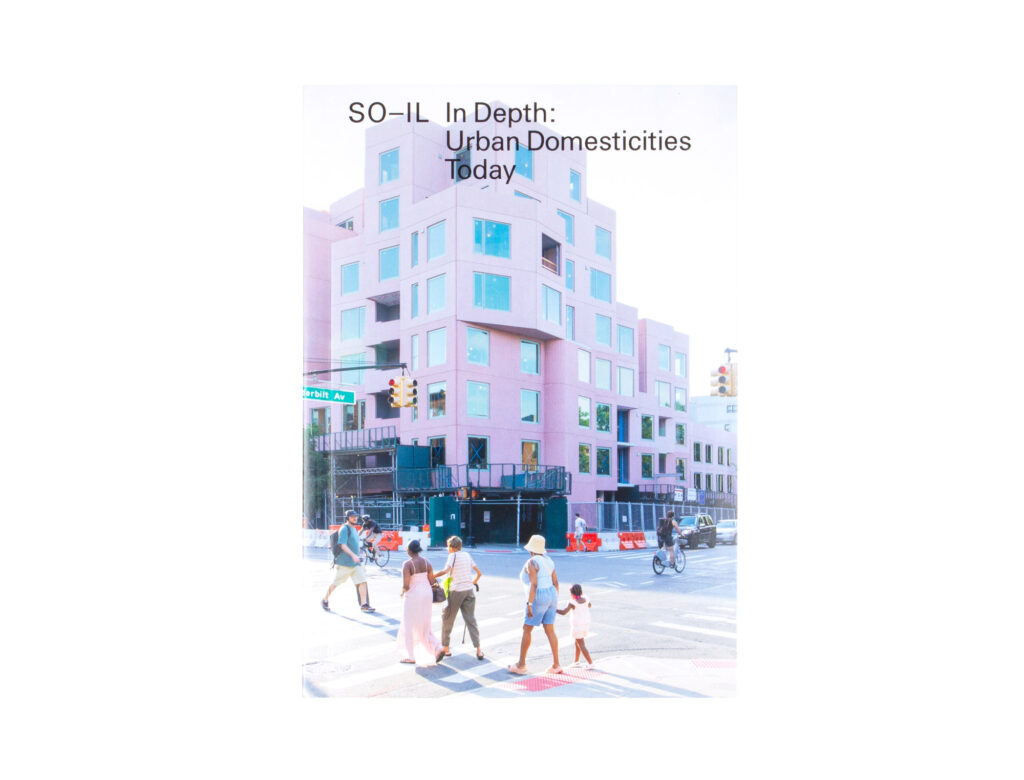
The opening section, “Life,” begins acclaimed photographer Iwan Baan’s documentary of SO–IL’s projects, which presents the theme of space as a series of experiential qualities. Subtle shifts in gloss and tone found across the photo-documentary sections highlight particular traits of the work. Capturing the approach to the projects from the street, to the interiors themselves, down to intimate moments—such as kids enjoying the ability to make the space their own and the ways our pets liven the mood—the images are punctuated with SO–IL partner Jing Liu’s perspective of home as our “innermost sanctum.” Her perspective sets the tone early in the discussion, as she reflects on how her own sense of home was erased and replaced by the current models we encounter day to day. What follows is a documentary-style exploration of SO–IL’s work, one that leaves no stones unturned in tracing influences and past attempts by others to bring meaning to personal space. As the depth of the inquiry unfolds alongside these pointed influences, the book resists a linear reading—and welcomingly so.
The in-depth and human-centric way in which Baan is able to capture SO–IL’s projects is compelling and sets up the critical conversation in the essays sandwiched in between. From touching upon specific aspects of New York City zoning and setbacks (Karilyn Johanesen’s “Layered Lives”) to exploring the contradictions of priority between building and environmentally driven codes (Ted Baab’s “Codes of Living”), the essays serve to highlight the firm’s current work, particularly their ongoing collaboration with Brooklyn developer Tankhouse.

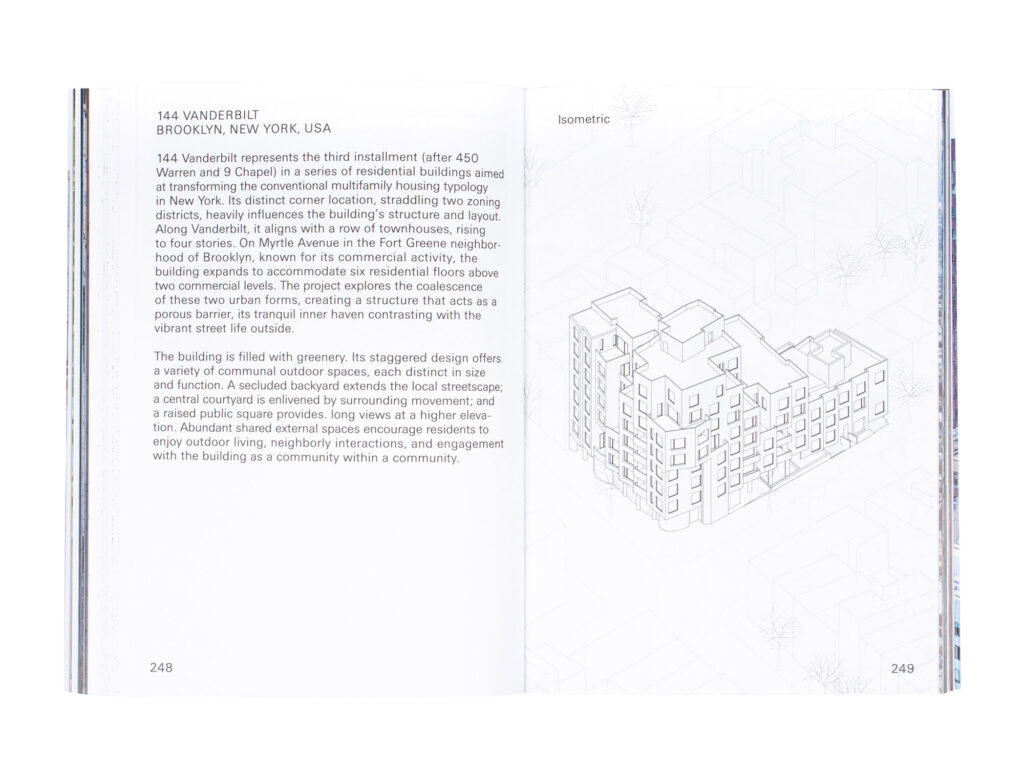
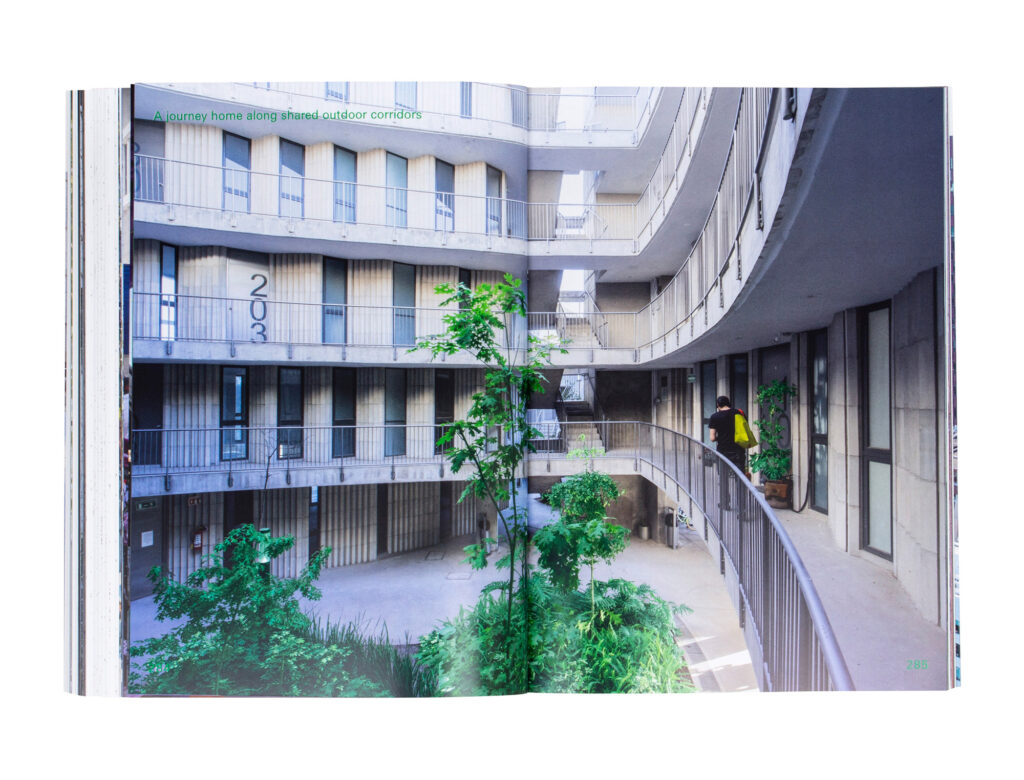
One of the most impactful takeaways from the book is SO-IL’s move away from double-loaded corridors, a ubiquitous feature in nearly every contemporary building type. Nicolas Kemper’s short essay “Cancel the Corridor” opens with a dialogue between SO-IL partner Florian Idenburg and Sam Alison-Mayne, head of Tankhouse, drawn from their 2020 interview in The Architect’s Newspaper conducted at the height of the pandemic. The contrast between a photo of Kemper’s own corridor, taken with his cellphone, and Baan’s images powerfully illustrates the questions raised during the interview. “Can we imagine the journey from apartment to street as joyous and celebratory…?” asks Idenburg.
The essay then shifts focus to mental health and well-being, tracing the origins of the double-loaded corridor back to the 14th century. Citing Mark Jarzombek’s 2010 piece Corridor Spaces, Kemper notes that the word corridor originally referred to a person who could run fast and deliver a commander’s orders. Corridors, then, were designed for speed and efficiency. But whereas projects today have become a product of that efficiency, being designed from the inside out, the essay proposes a reversal: to take the street outside as the initial prompt and let that connection carry inward.
The essay section is followed by a photo-documentary of 450 Warren, a built culmination of the book’s central themes. Completed in 2023, 450 Warren is carefully stitched into a brownstone-lined context, using a stepped massing that responds to the street. Its bold form is softened by a custom CMU facade, which breaks down the scale into a pattern that echoes the surrounding brickwork and is visually grounded by the street’s tree canopy. Porosity from the sidewalk leads into a sequence of three courtyards, around which the units are organized. This internal street gives each residence two exposures for daylight and creates a shared place for community interaction. The full-height mesh “rail” surrounding the courtyard harkens back to an influence mentioned in the book’s introduction: environmental artist and architect Aleksandra Kasuba’s own apartment, where a rectilinear plan is held in tension by a stretched, tactile surface. Baan captures daily life throughout the project—within the units and across the layered circulation paths in the courtyard. A compelling story emerges, though it leaves you wondering whether the book arrived too soon. A follow-up—featuring SO-IL’s current work with Tankhouse and allowing more time for projects to mature and come into their own—would be welcome.
Within the structure of the book, the “Projects” section is a necessary addition yet feels slightly adrift. Organized around three themes—“Cores, Courts, and Corridors”—the portfolio traces a clear transition of scale, from small to large. The expected monograph-type drawings are present but, at times, feel too detached from the rest of the book’s vitality. Also, it would have been interesting to see models of the work living in SO-IL’s creative office. Given that the firm is notable not just for the whimsy and rigor in its work but also for its commitment to fostering culture in their studio, a more creative approach to this section would have been interesting to see. Still, this critique arises largely in part due to how unique In Depth: Urban Domesticities Today is—less a standard monograph than a snapshot in time. As Idenburg puts it, it’s an “attempt to capture something intangible in words and images… a plea for a return to consciousness in how we conceive homes for the masses.”
Diving into this book makes for a fun—if occasionally uncomfortable—journey toward uncovering something new. In Depth: Urban Domesticities Today sparks in its readers an interest in joining the party, inviting us all to imagine what might unfold if no stone were ever left unturned.


Design for a Changing Climate
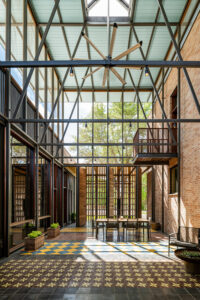
Reimagining the Courtyard House

Shaping the Culinary Experience

Modern Hospitality Meets Cultural Legacy

At the Intersection of Neuroscience and Design

Snøhetta Transposes the Borderland

Designing for Neurodiverse Students



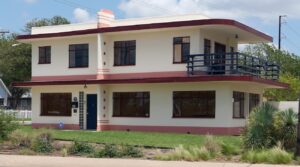

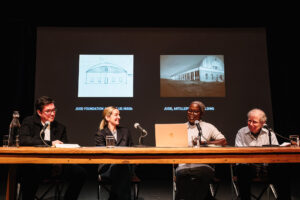
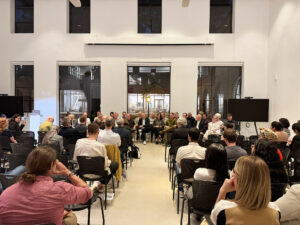

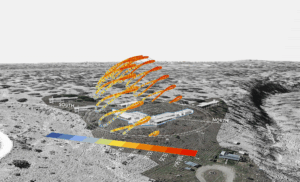
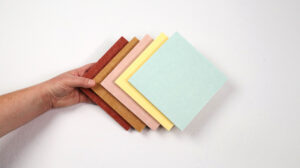
These finishes and furnishings focus on the power of color to influence mood, productivity, and overall well-being.
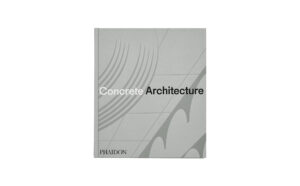
Concrete Architecture
Phaidon Editors, with Sam Lubell and Greg Goldin
Phaidon, 2024
